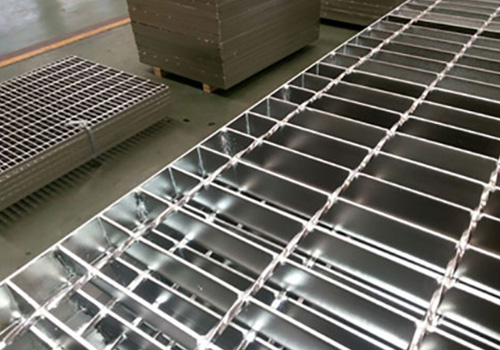What are standard steel gratings?
2024-04-07
Standard steel gratings refer to a specific type of steel grating that conforms to commonly accepted industry standards in terms of dimensions, materials, and manufacturing processes. These standards ensure uniformity and quality across different steel grating products. While specific standards may vary depending on the region and application, there are several key characteristics that typically define standard steel gratings:

1. Material: Standard steel gratings are usually made from carbon steel, stainless steel, or aluminum. Carbon steel is the most common material due to its strength, durability, and cost-effectiveness.
2. Construction: Standard steel gratings are typically constructed using welded or pressure-locked methods. Welded gratings consist of flat steel bars that are welded together at their intersections, while pressure-locked gratings feature interlocking bars that are mechanically joined together under high pressure.
3. Bar Shape: The bars in standard steel gratings are commonly either flat or serrated. Flat bars provide a smooth walking surface, while serrated bars offer improved traction and slip resistance, especially in wet or oily conditions.
4. Bar Spacing: The spacing between adjacent bars, known as the bar pitch or bar spacing, is an important characteristic of standard steel gratings. Common bar spacings include 30mm, 40mm, and 60mm, although other spacings may be available depending on the specific application requirements.
5. Panel Size: Standard steel gratings are typically available in standard panel sizes, which may vary depending on the manufacturer and region. Standard panel widths commonly range from 600mm to 1000mm, while standard panel lengths typically range from 1000mm to 6000mm.
6. Surface Treatment: Standard steel gratings may undergo various surface treatments to enhance their corrosion resistance and durability. Common surface treatments include galvanizing, which involves coating the grating with a layer of zinc to protect it from rust and corrosion, and painting or powder coating, which provides additional protection and can also enhance the grating's appearance.
Overall, standard steel gratings are designed to meet established industry standards and specifications, ensuring consistent quality, performance, and compatibility with various applications across different industries.


